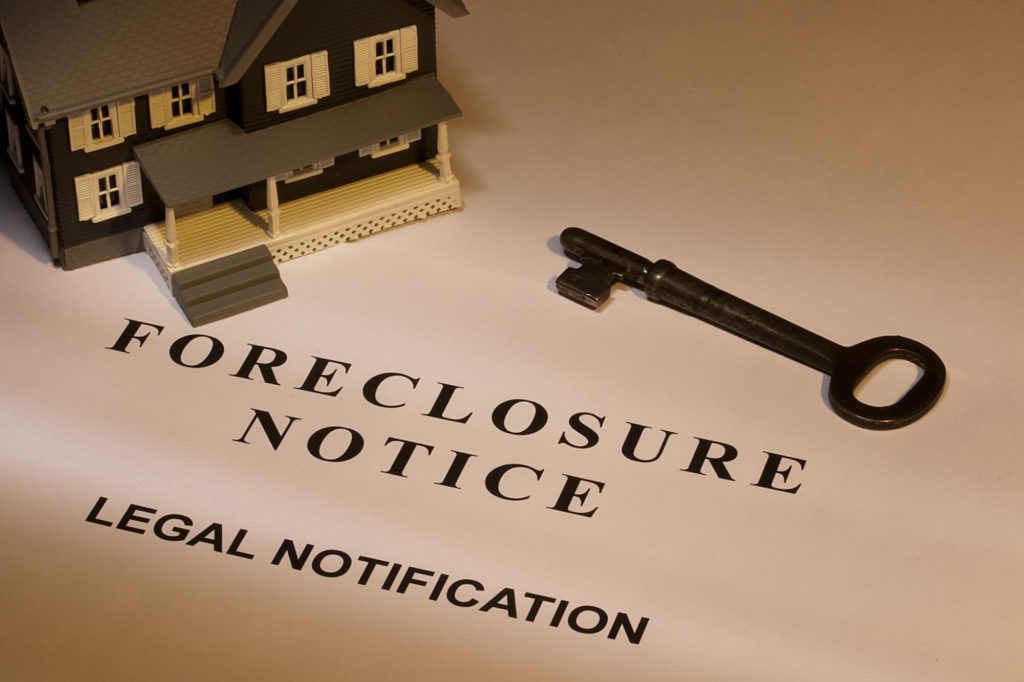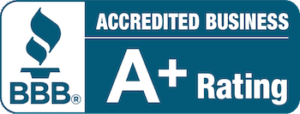Every three months 250,000 new families enter into foreclosure. Foreclosure is scary, and you shouldn’t feel alone. There is help for you to avoid foreclosure and you don’t need to be embarrassed because life happens.
Are you facing foreclosure & need to act fast to stop the process? Here are 8 last-minute strategies to avoid foreclosure of your home!
1. Short sale
If your property is worth less than what you owe, you won’t have enough money to pay off your mortgage once you sell your home. Your lender may consider approving a short sale if they think they will make more money than if your house went to foreclosure.
In order to be considered for a short sale, you will have to prove financial hardship or a big loss on the value of your home. If you have a marketable home, your lender may approve this option. The lender ultimately approves the sale and purchase agreement.
2. Reinstatement
This the quickest way to avoid foreclosure. You will have to make your account current with the bank and move forward with your loan by keeping up with payments.
You may have to pay more fees than just your missed monthly payments. These fees include legal, late, interest, recording, and document fees. You may be able to work with your lender to waive these fees.
This is probably the hardest method because you need all the money to catch up on payments. Reinstatement is probably the most expensive method and may require borrowing money.
3. Apply for Loan Modification
You can get a loan modification to get a new agreement with your bank, which means you will have lower payments with different terms. You will also need to display financial hardship.
Loan modifications are broad. You may qualify for a loan modification if you have high debt to income ratio, have a higher than normal interest loan (or predatory loan), or your loan is unaffordable for your income. The new loan may be for a longer term with a lower interest rate, which ultimately means a lower payment.
4. Lease or Assumption Option
You may be able to convince your lender to allow another buyer to assume your loan. Most loans require you pay the loan if you transfer the property, so this is why you will need to work with your lender.
This option makes the buyer your tenant. You have probably seen the rent to own signs, and that’s what this option is. The buyer pays your rent until they have saved enough for their down payment, or they can give you a lump sum upfront.
You can then use this down payment to pay off any past due balances. You must negotiate the lease amount to cover most of your mortgage, insurance, property tax payments. You should then apply your lease payments to your mortgage until the buyer decides if they want to purchase your home.
5. Check into a Government Program
The government offers numbers programs to help people facing foreclosure. The Making Home Affordable (MHA) Program is a broad program to help those homeowners in financial hardship by lowering payments and getting more stable interest rates.
There are also options for homeowners that are currently unemployed and those who owe more money than their home is worth. Programs to consider include:
- Home Affordable Modification Program (HAMP)
- Home Affordable Refinance Program (HARP)
- Principal Reduction Alternative (PRA)
- Second Lien Modification Program (2MP)
Check out the Department of Housing and Urban Development’s (HUD) page to learn more about these programs. It’s important that you work with a housing counselor and your lender to find the right program.
6. Ask for Mortgage Forbearance
You can contact the bank and ask for a forbearance, which is a special consideration. You will need to prove financial hardship and show why you have to skip payments.
Financial hardship includes losing your job, lowered income, hospitalization, or death of a family member. Your bank may grant forbearance to let you skip a payment or two while you get through this hardship.
You need to start this process immediately. This is usually best before you have missed a payment, but sometimes life doesn’t work that way.
The main thing you need to do is be in contact with your bank as to why you have missed payments. Life happens, so don’t be embarrassed to contact your lender. This option will not affect your credit, which is a big upside.
7. Deed in Lieu of Foreclosure
If you are unable to make any payments and don’t want to live in your home, you may consider offering the bank the deed to your home in lieu of foreclosure. You give the title and your home to the bank, which means you walk away from your home and the bank owns the home.
The bank can sell the home quickly and recoup its investment. The bank will need to approve the transaction. This could take a few days or month, but this process is quicker than other options like foreclosure, loan modifications, or short sales.
The deed in lieu of foreclosure is typically only approved when the bank is certain of foreclosure in the near future. This process does affect your credit the same as a foreclosure.
8. File Bankruptcy
This should be your last option. Your liabilities (what you owe) must outweigh your assets (income, equity, and savings). Filing bankruptcy affects your credit the most, and it may stop foreclosure or just delay it.
To declare bankruptcy, you will file a legal action. The courts will put you on a payment plan and they decide which creditors are repaid. You will need an attorney to proceed with this option.
Looking for More Help to Avoid Foreclosure?
Facing foreclosure is scary, and we offer a few options to help you avoid foreclosure. If you are looking to sell your home for cash quickly, contact BiggerEquity today.
We buy houses in all conditions and can close quickly — in as little as seven days! We will also help you with temporary housing. Get your fair cash offer today and see if we can help you avoid foreclosure.





























